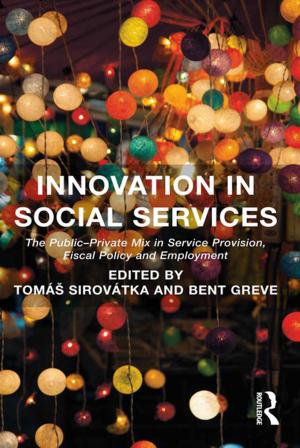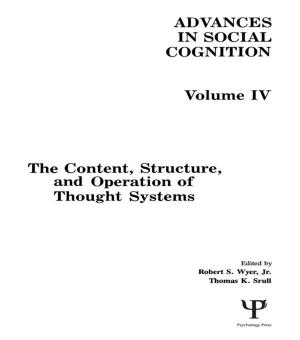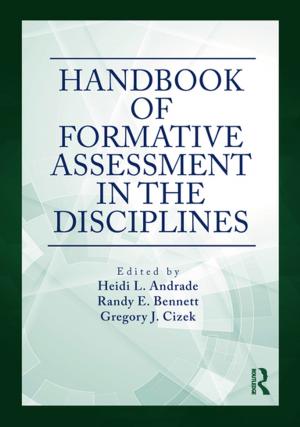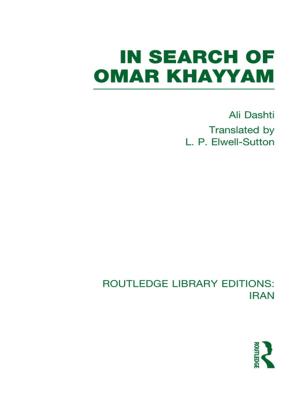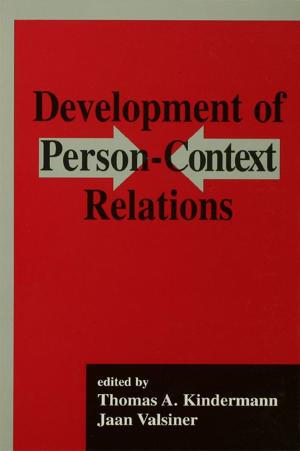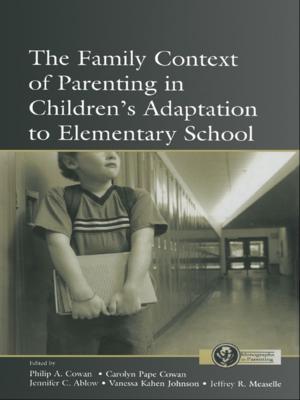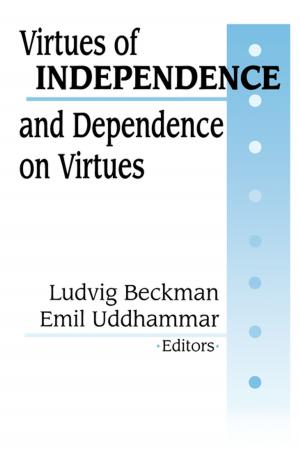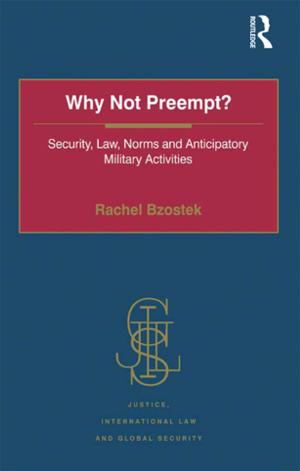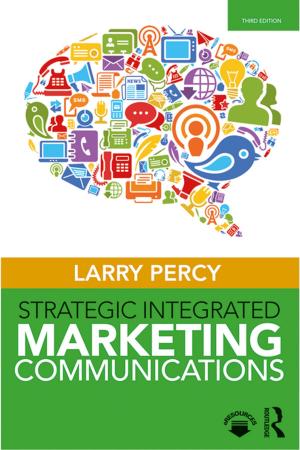BNVR: The Butt Non-Verbal Reasoning Test
The Butt Non-Verbal Reasoning Test
Nonfiction, Health & Well Being, Medical, Specialties, Physical Medicine & Rehabilitation| Author: | Pamela Butt, Romola Bucks | ISBN: | 9781351687058 |
| Publisher: | Taylor and Francis | Publication: | July 5, 2017 |
| Imprint: | Routledge | Language: | English |
| Author: | Pamela Butt, Romola Bucks |
| ISBN: | 9781351687058 |
| Publisher: | Taylor and Francis |
| Publication: | July 5, 2017 |
| Imprint: | Routledge |
| Language: | English |
The BNVR Test is a unique non-linguistic approach for identifying whether a cognitive (problem-solving) deficit as well as a linguistic deficit exists in individuals with acquired aphasia. Recognising cognitive deficits in terms of problem-solving may be a key factor in understanding why some individuals overcome their communication difficulties better than others. Failure to recognise problem-solving difficulties may lead to unrealistic expectations of therapeutic intervention and thus inappropriate management and goal setting. The BNVR requires the client to solve 10 everyday problems, presented in full-colour photographic format. It is short, requires minimal linguistic input, contains real-life situations and is likely to be suitable for non-English speaking individuals. It will be useful to speech language therapists, occupational therapists and psychologists who need to ascertain whether problem-solving skills are affected and to assist in multi-disciplinary team decision-making in acute and rehabilitation settings.
The BNVR Test is a unique non-linguistic approach for identifying whether a cognitive (problem-solving) deficit as well as a linguistic deficit exists in individuals with acquired aphasia. Recognising cognitive deficits in terms of problem-solving may be a key factor in understanding why some individuals overcome their communication difficulties better than others. Failure to recognise problem-solving difficulties may lead to unrealistic expectations of therapeutic intervention and thus inappropriate management and goal setting. The BNVR requires the client to solve 10 everyday problems, presented in full-colour photographic format. It is short, requires minimal linguistic input, contains real-life situations and is likely to be suitable for non-English speaking individuals. It will be useful to speech language therapists, occupational therapists and psychologists who need to ascertain whether problem-solving skills are affected and to assist in multi-disciplinary team decision-making in acute and rehabilitation settings.


